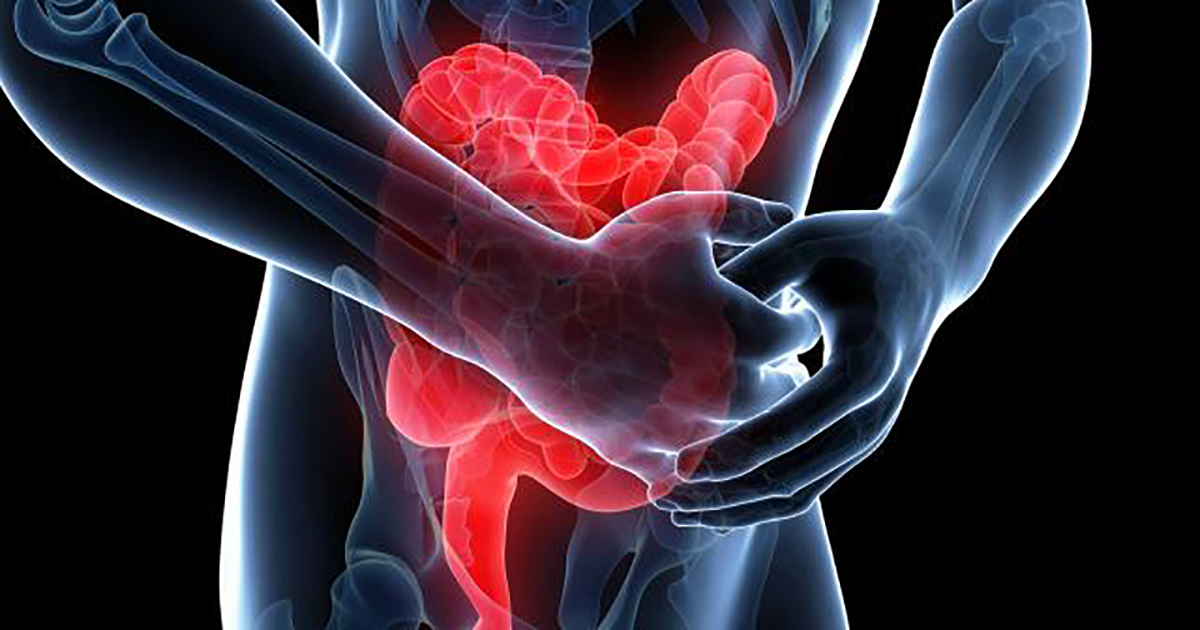What Causes Microcytic Anemia?
When red blood cells are smaller in size than normal, this is described as microcytosis. Fewer than normal correctly working red cells in the body is described as anemia. Microcytic anemia is a combination of these two conditions, where the red blood cells are abnormally small and the body has abnormally low quantities of red blood cells on top of that. In order for the tissues throughout the body to receive an adequate amount of oxygen to function properly, there must be enough red blood cells, and there must be enough hemoglobin in these red blood cells. Ideally, the hemoglobin in the red blood cells binds with the oxygen when they pass through the lungs, and then pumped by the heart back to other parts of the body where the oxygen is delivered. In microcytic anemia, the body has trouble carrying out this function because there is simply not enough red blood cells and hemoglobin to get the job done. This can eventually lead to tissue damage and organ failure. Learn about the various causes of microcytic anemia now.
Chronic Blood Loss

Upon loss of significant quantities of blood, the body has a mechanism to try and maintain filled blood vessels. The body rapidly draws water from tissues beyond the bloodstream to fill up the empty space in the vessels. This actually dilutes what blood is left in the vessels, skewing the ratio of red blood cells to the total blood quantity in the body. At first, the body can compensate and tell the bone marrow to temporarily increase its production of red blood cells. However, chronic bleeding over time can cause the bone marrow to not be able to keep up with the total quantity of blood loss. Chronic internal bleeding, in particular, can pose a big problem because it often happens in small amounts and goes unnoticed. Stomach and small intestine ulcers, large intestinal polyps, kidney tumors, heavy menstrual bleeding, diverticulosis, large intestinal cancers, and bladder tumors can cause chronic slow bleeding. Other causes of chronic blood loss are more obvious, such as from hemorrhoids and nosebleeds.
Uncover the next cause of microcytic anemia.
Diabetes Mellitus

While diabetes mellitus is not a direct cause of microcytic anemia, issues that arise from diabetes mellitus do cause it. Kidney disease and failure can greatly contribute to the development of microcytic anemia. Healthy and correctly functioning kidneys release erythropoietin, a hormone that tells bone marrow to make more red blood cells. In kidney problems that are a result of diabetes, the kidneys do not produce enough erythropoietin, leading to microcytic anemia. Diabetes is also known to cause neuropathy, which causes the body to not correctly be able to tell the kidneys to produce enough erythropoietin. Diabetes is also considered to be a condition that interferes with the digestive tract's normal absorption of nutrients. Inadequate abilities to absorb iron from dietary intake make it next to impossible for an individual to maintain sufficient iron in their bodies. In addition, diabetes patients often have trouble consuming a well balanced and nutrient-rich diet, which can also cause an iron deficiency and subsequently microcytic anemia.
Continue reading to learn more about the different causes of microcytic anemia.
